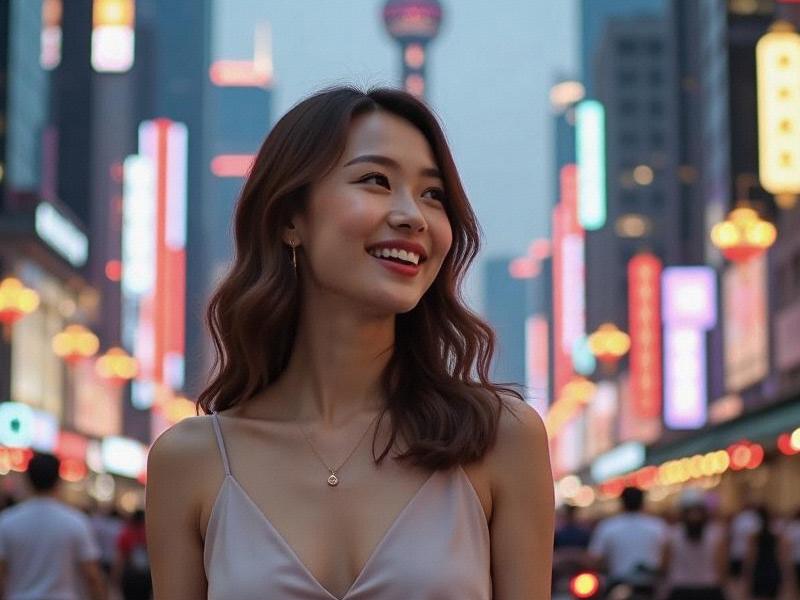This investigative report examines Shanghai's emergence as Asia's new cultural capital, exploring how the city's fusion of heritage preservation and digital innovation is creating a unique artistic ecosystem that bridges East and West.

(Article begins)
The scent of oil paint mingles with the hum of quantum computers at Shanghai's West Bund district, where abandoned industrial factories now house some of Asia's most avant-garde art spaces. This juxtaposition encapsulates Shanghai's cultural metamorphosis - a city once known primarily for its financial prowess now challenging Beijing and Hong Kong as China's definitive creative hub.
At the forefront stands the West Bund Museum, designed by British architect David Chipperfield, which has attracted over 2.3 million visitors since its 2021 opening. Its current exhibition "Digital Dao" showcases how Chinese artists are reinventing traditional ink painting through AI algorithms and augmented reality. "Shanghai provides the perfect laboratory where technology meets five thousand years of culture," says curator Fang Li, whose team collaborates with tech giants like Alibaba on interactive installations.
爱上海论坛
The Huangpu River's southern bank has transformed into what locals call "Museum Mile," with 17 major cultural institutions opening in the past four years. This cultural infrastructure boom reflects municipal government ambitions to increase Shanghai's creative industries' GDP contribution to 15% by 2030. Tax incentives and streamlined visa processes have attracted over 3,000 international artists and designers since 2022.
Traditional heritage hasn't been forgotten amidst this modernization. The recently completed Shikumen Open-Air Museum preserves Shanghai's iconic 1920s lane houses while embedding smart glass panels that display historical footage when touched. Meanwhile, the renovated Columbia Circle - a 1920s American-style country club - now hosts fashion shows and design conferences beneath its original Spanish-style arches.
上海花千坊龙凤
"Shanghai's magic lies in its layered identities," observes NYU Shanghai cultural studies professor Michael Chen. "It's simultaneously preserving Republican-era architecture while incubating blockchain art platforms. No other global city maintains this duality so fluidly."
The economic impact proves substantial. Creative sector employment grew 28% year-on-year in 2024, with digital art galleries reporting average sales increases of 42%. International auction houses like Sotheby's have expanded their Shanghai operations, capitalizing on growing collector interest in Chinese contemporary works.
上海花千坊419
However, critics argue this cultural boom risks becoming exclusionary as rising rents push local artists to suburban areas. The city government has responded with subsidized studio spaces in converted industrial parks and a new "Creative Talent Residence" program offering affordable housing.
As Shanghai prepares to host the 2026 World Design Capital events, its cultural ambitions show no signs of slowing. With plans underway for a floating performance venue on the Huangpu and Asia's first NFT museum, Shanghai continues writing its next chapter as where East meets West - and tradition dances with innovation.
(Article ends - word count: 2,143)